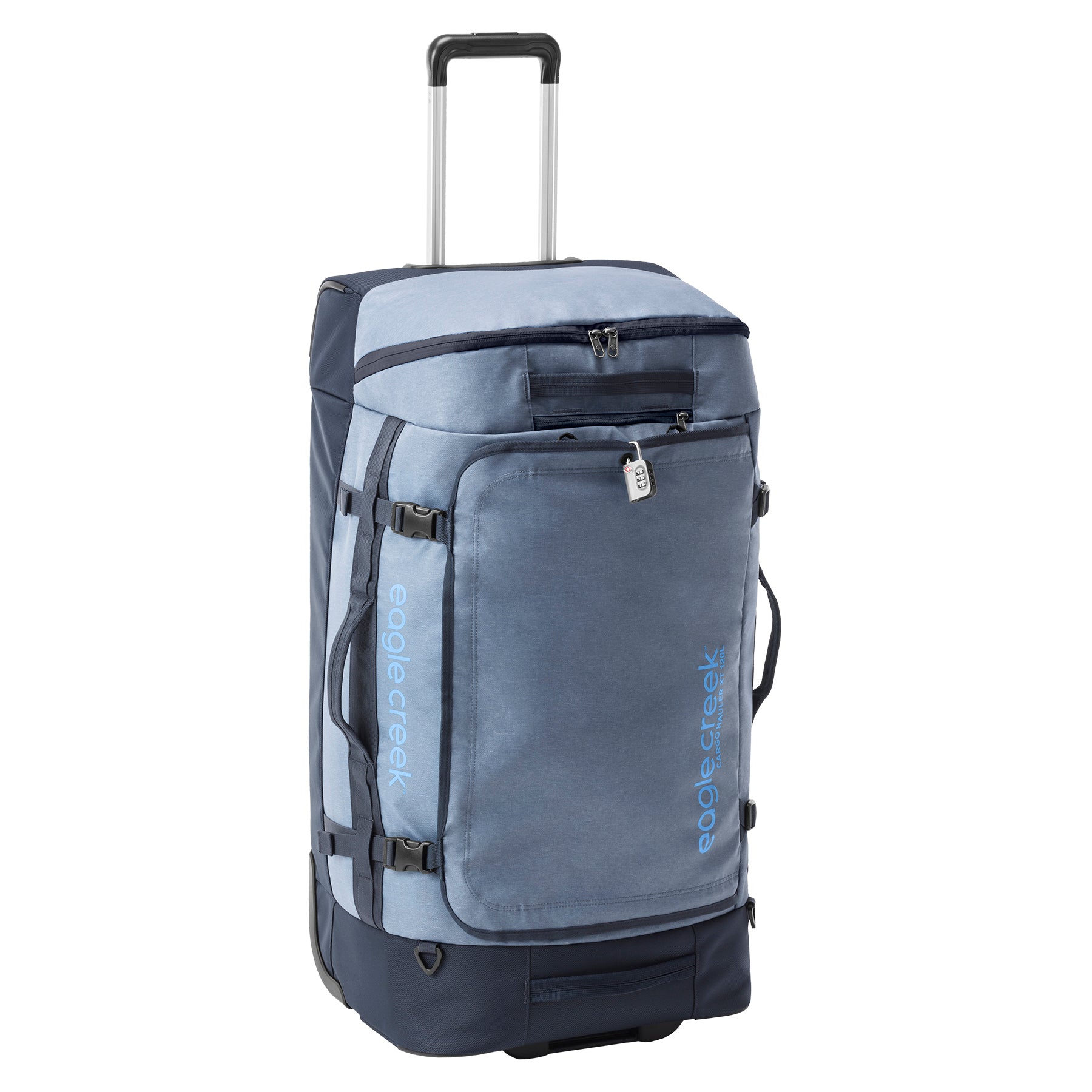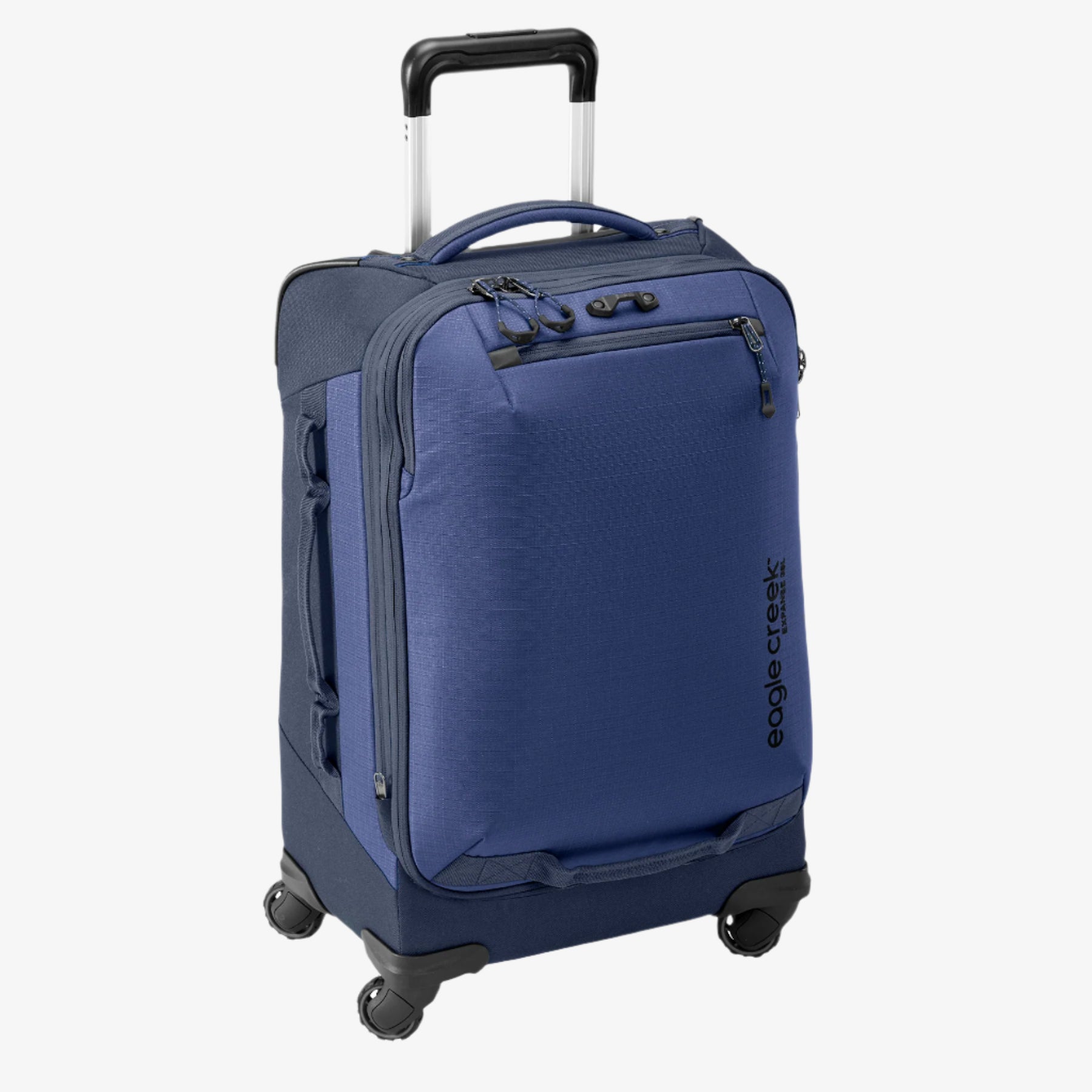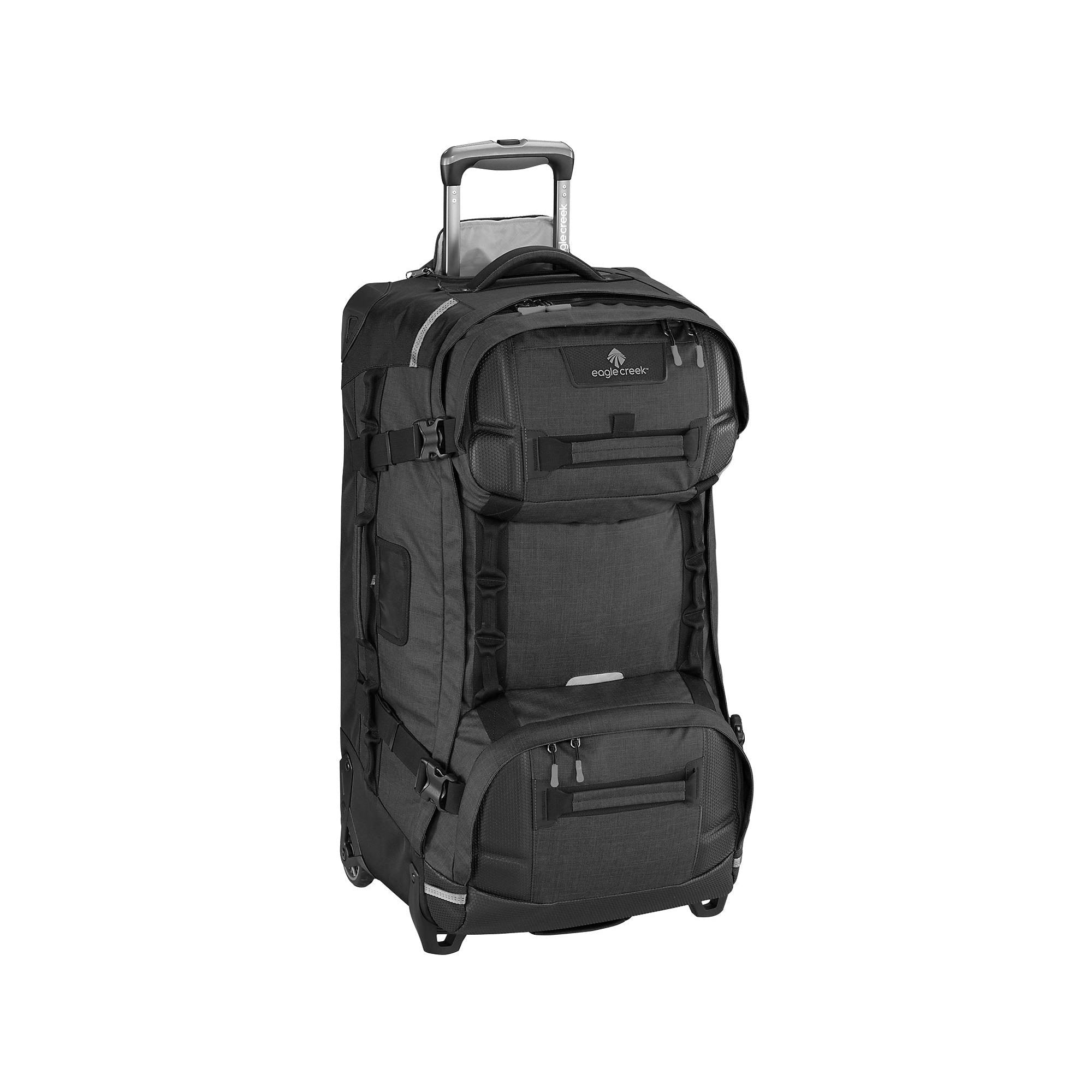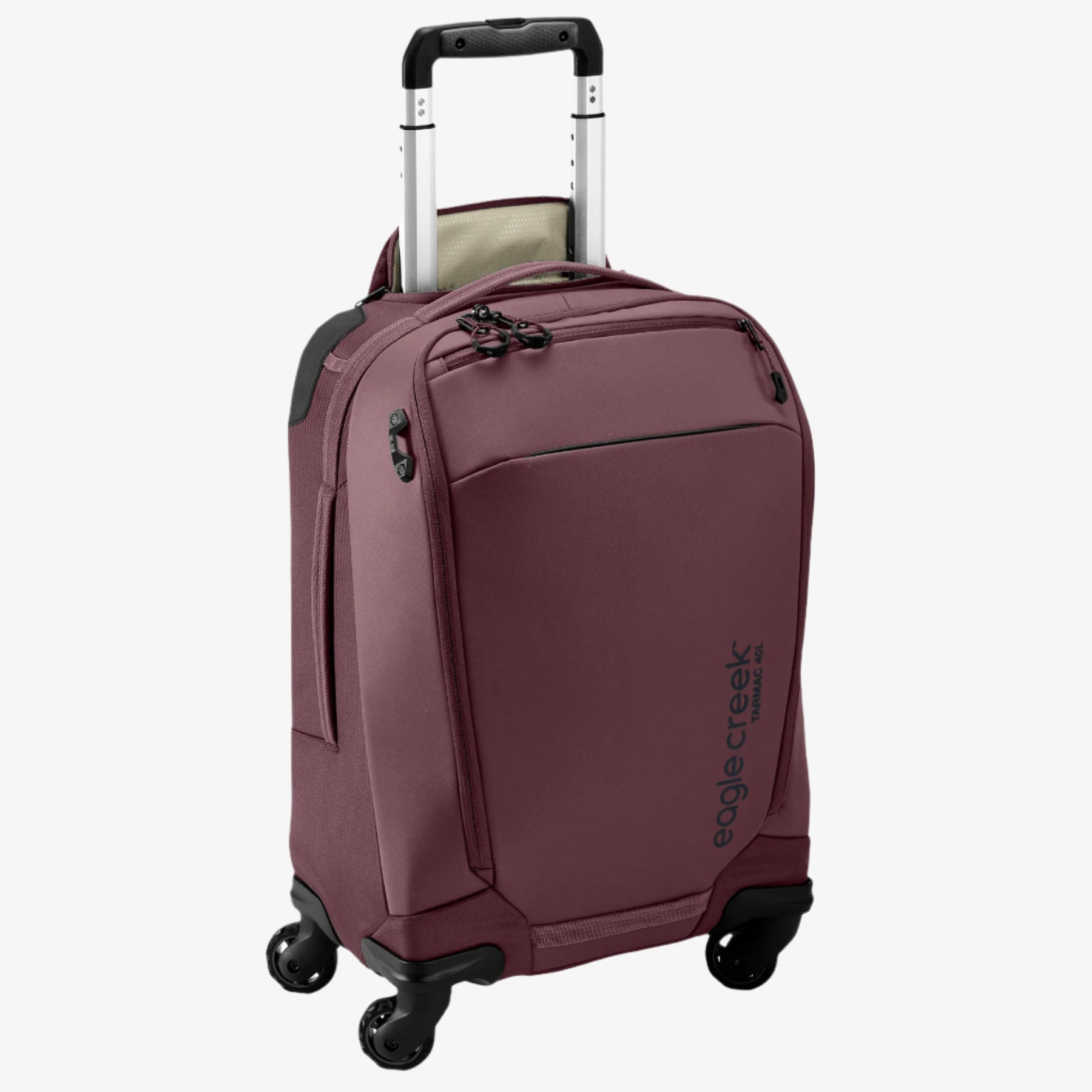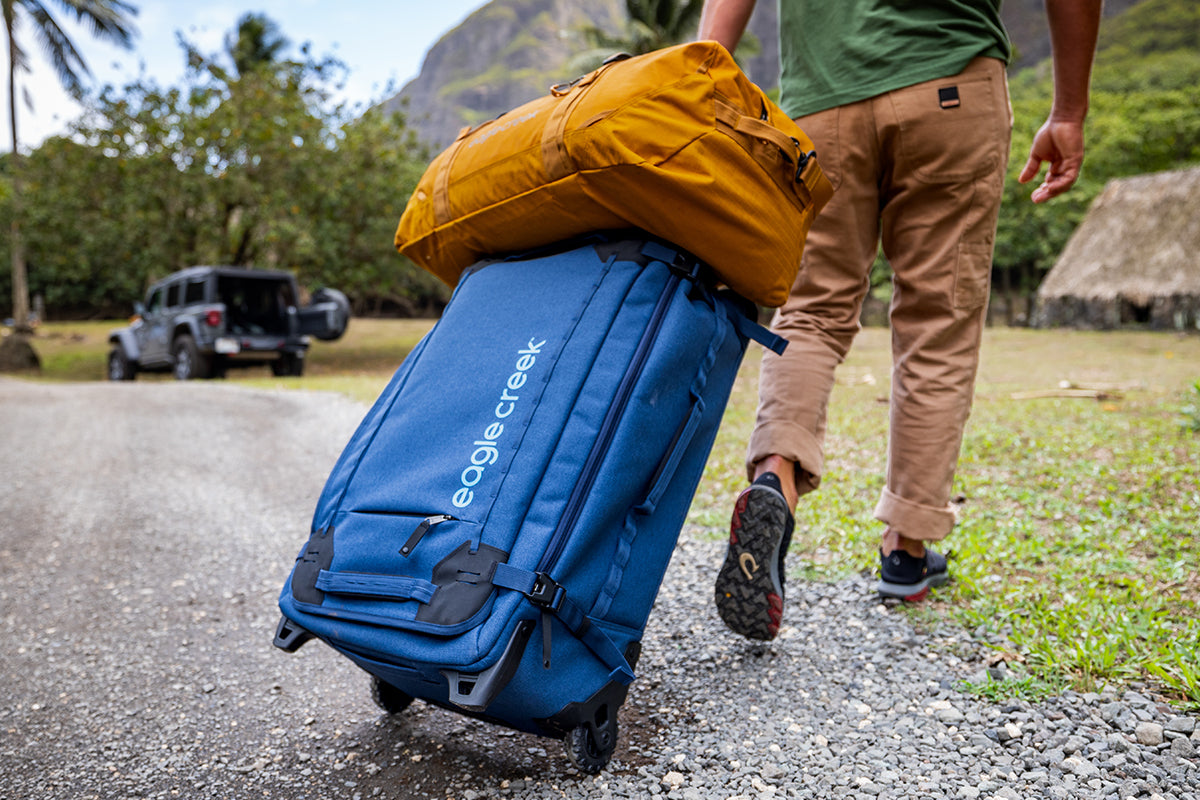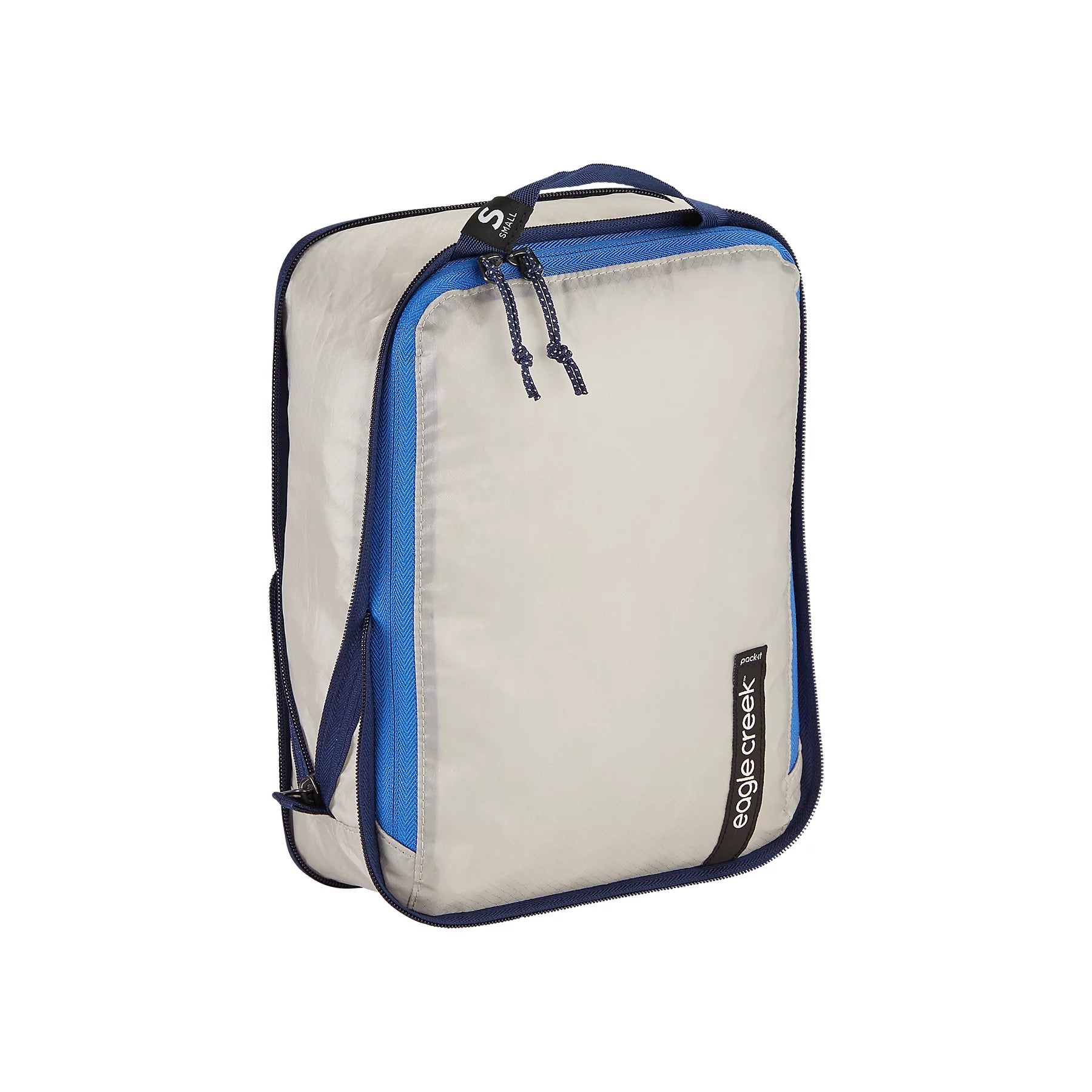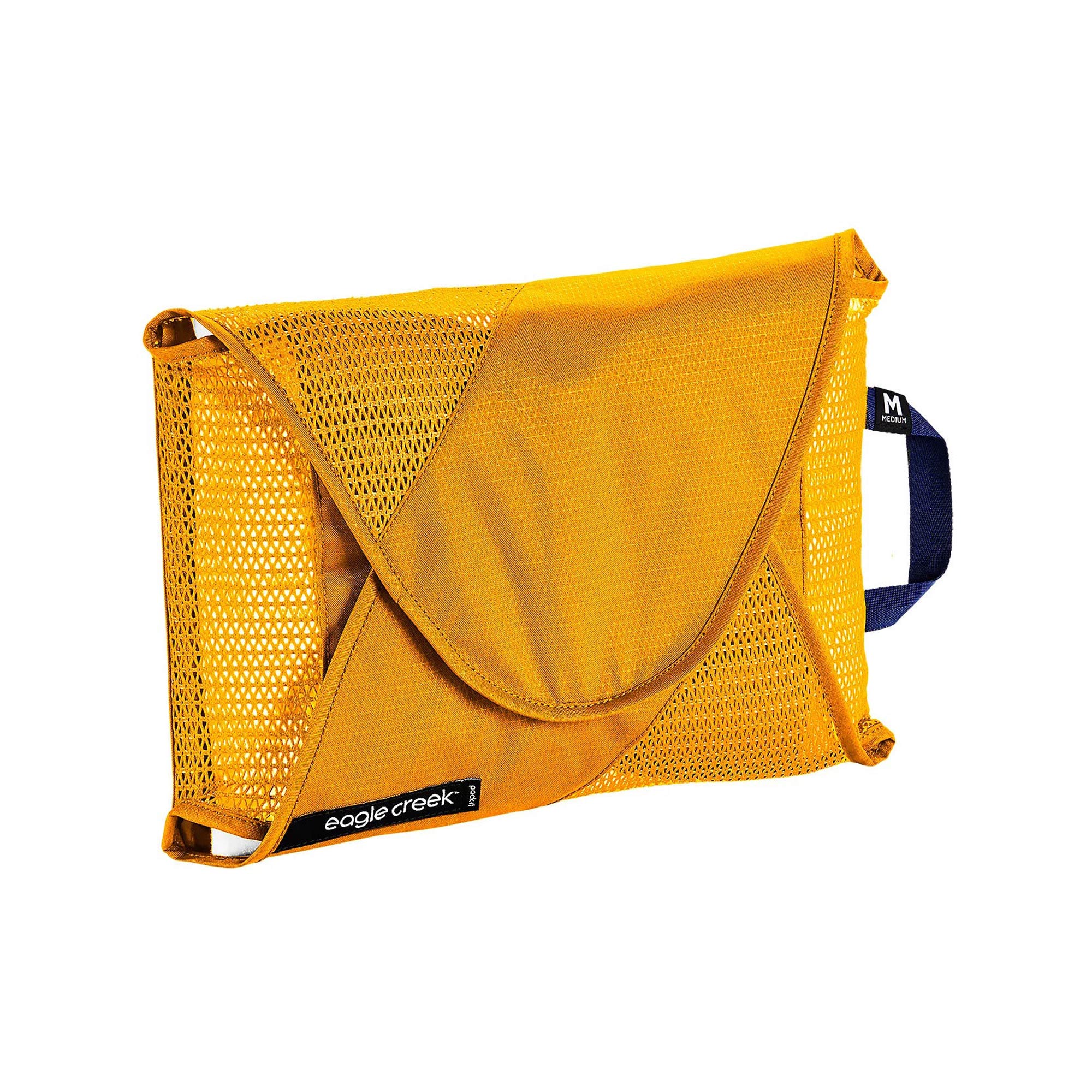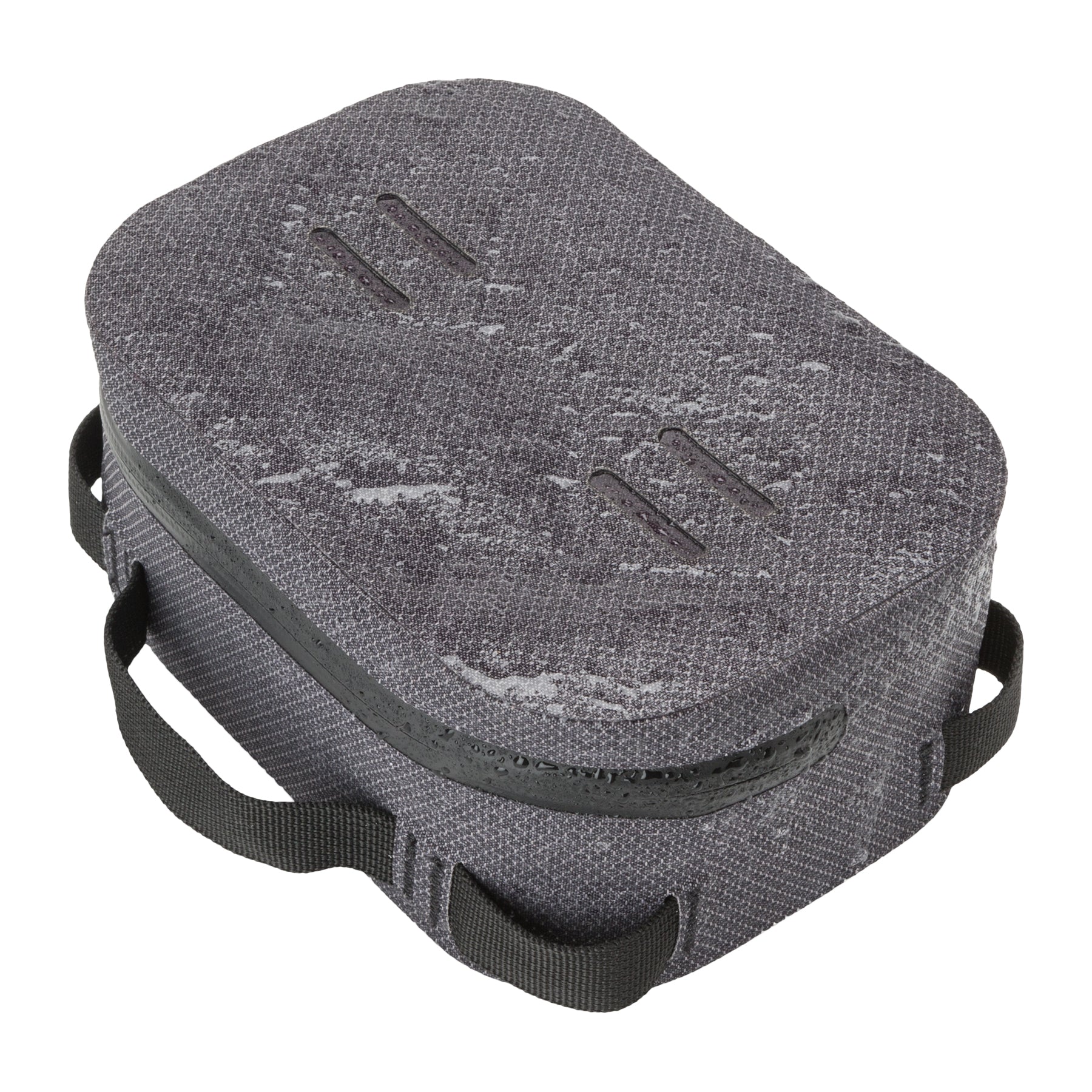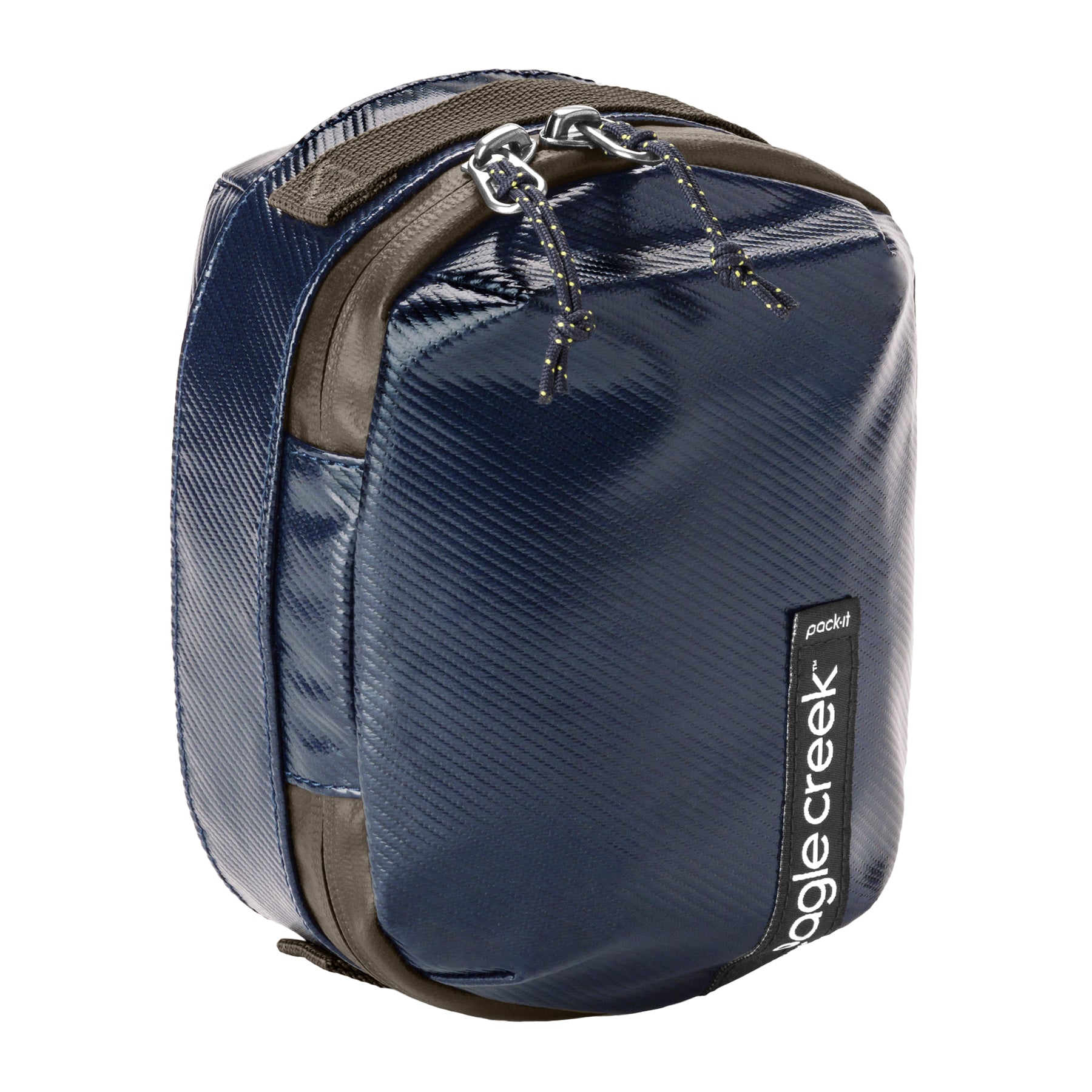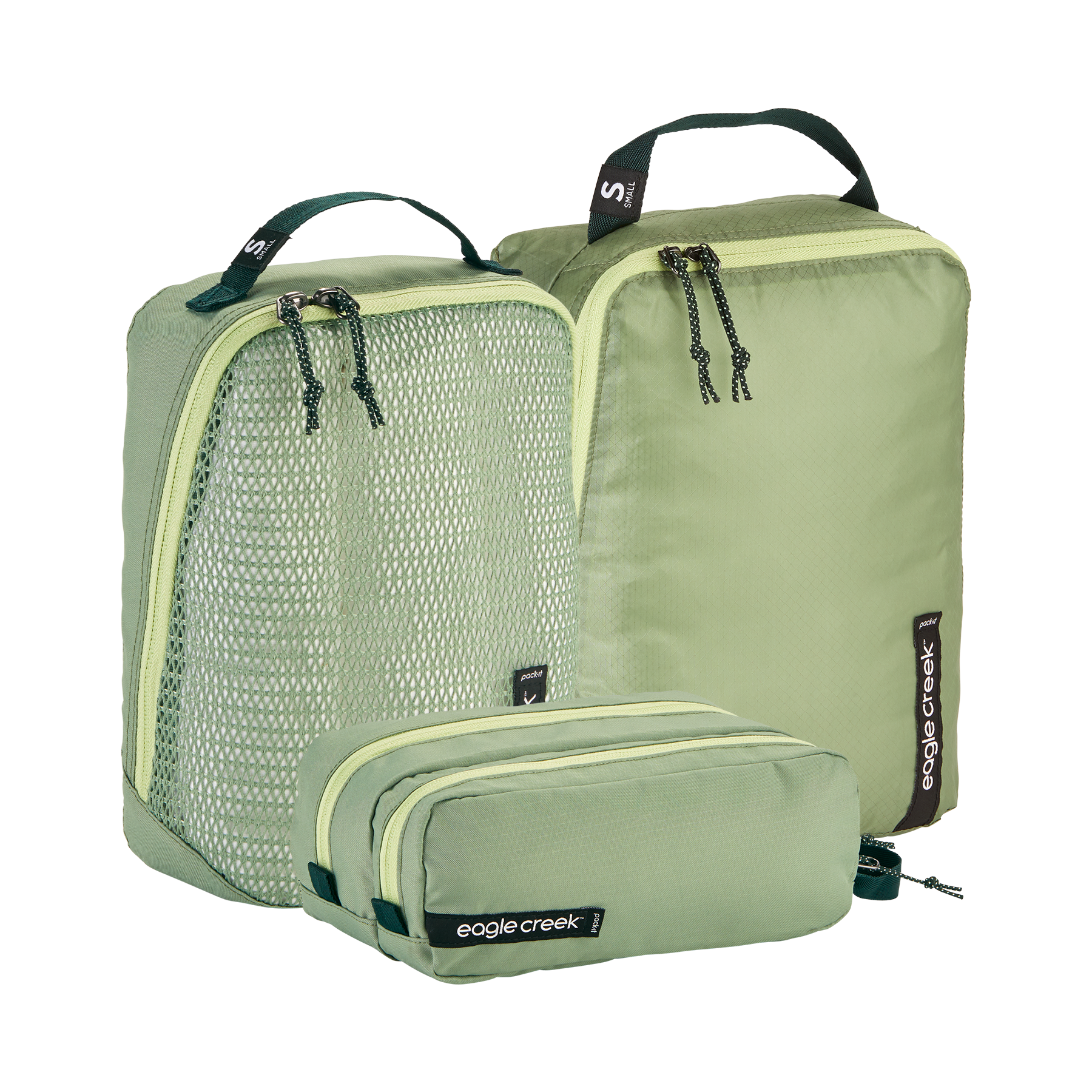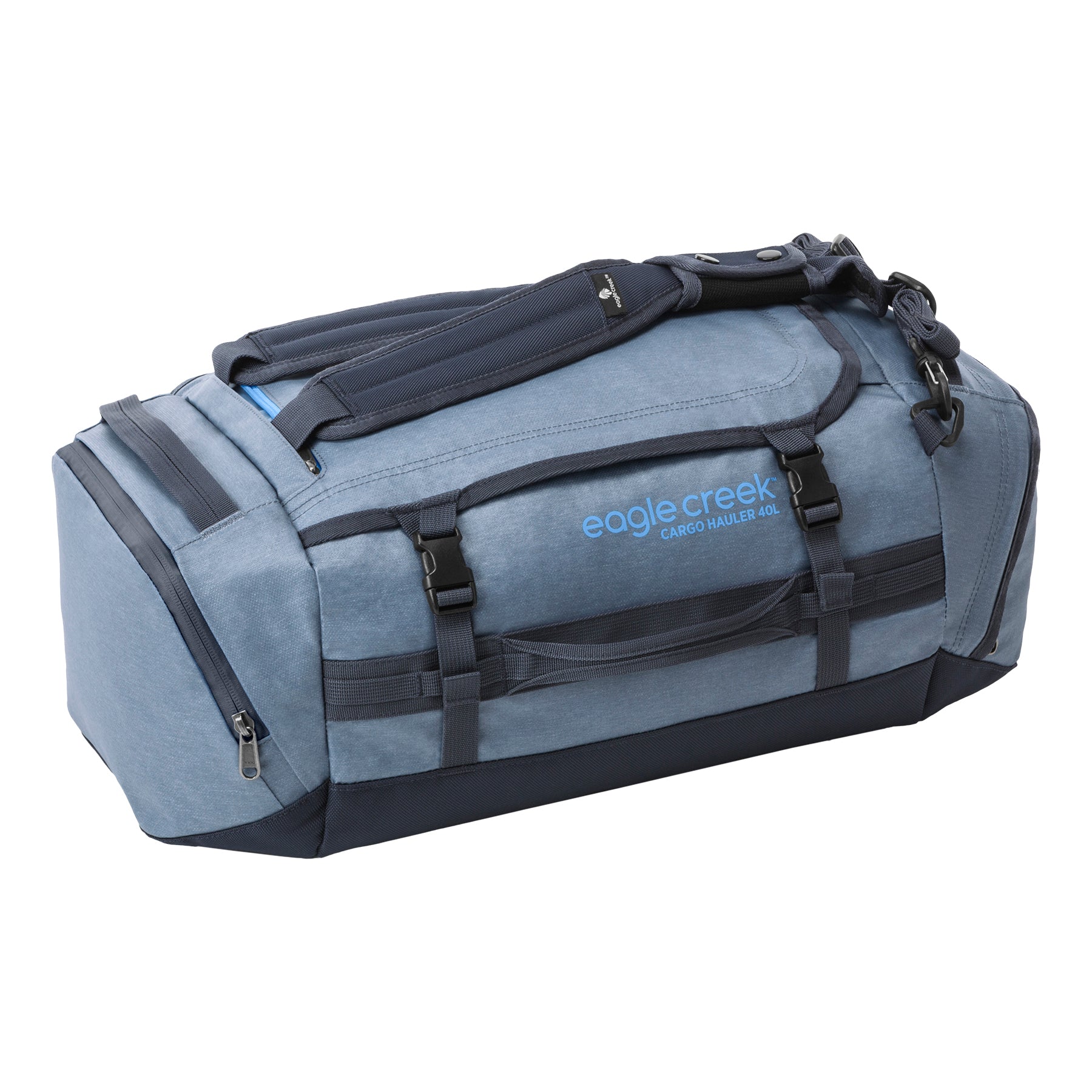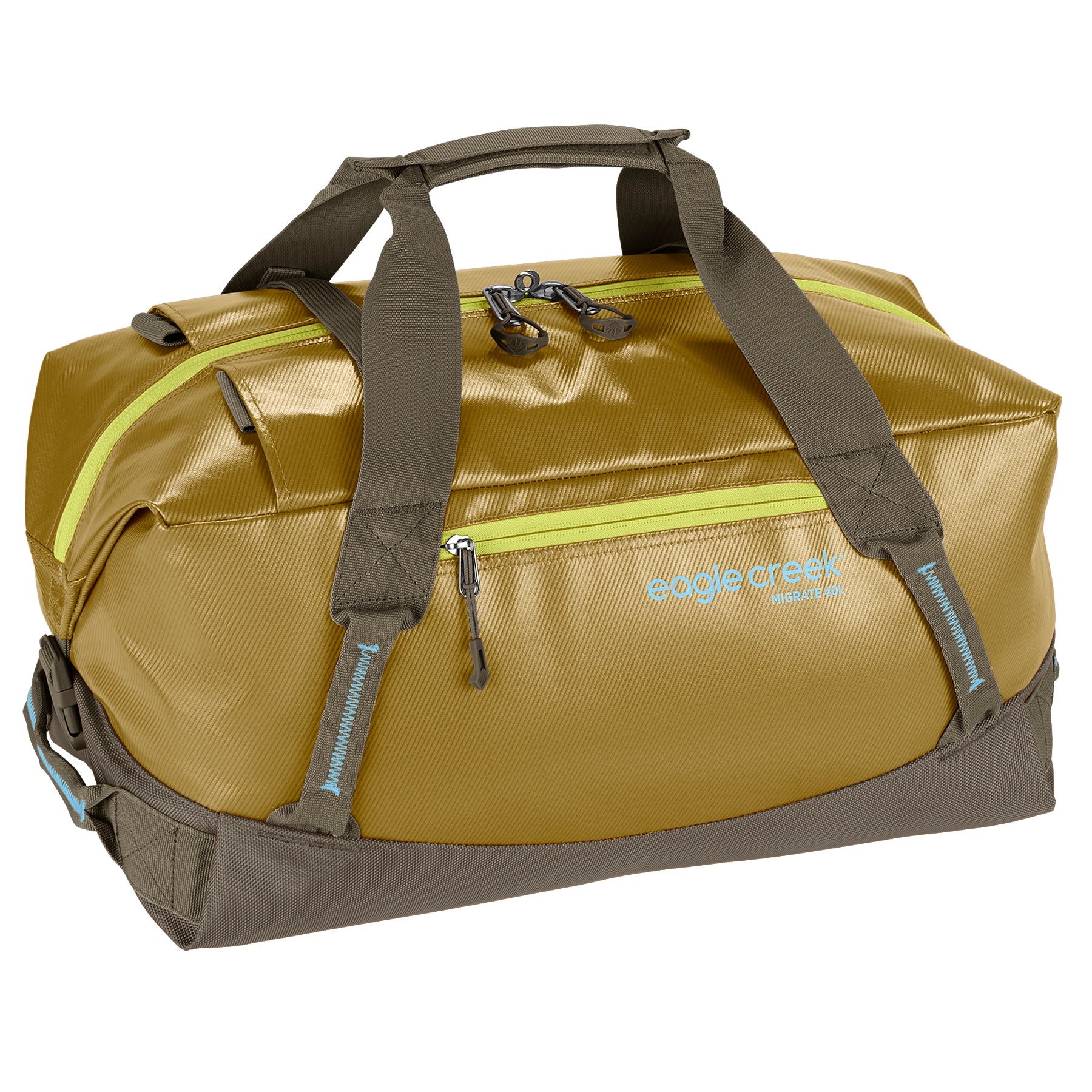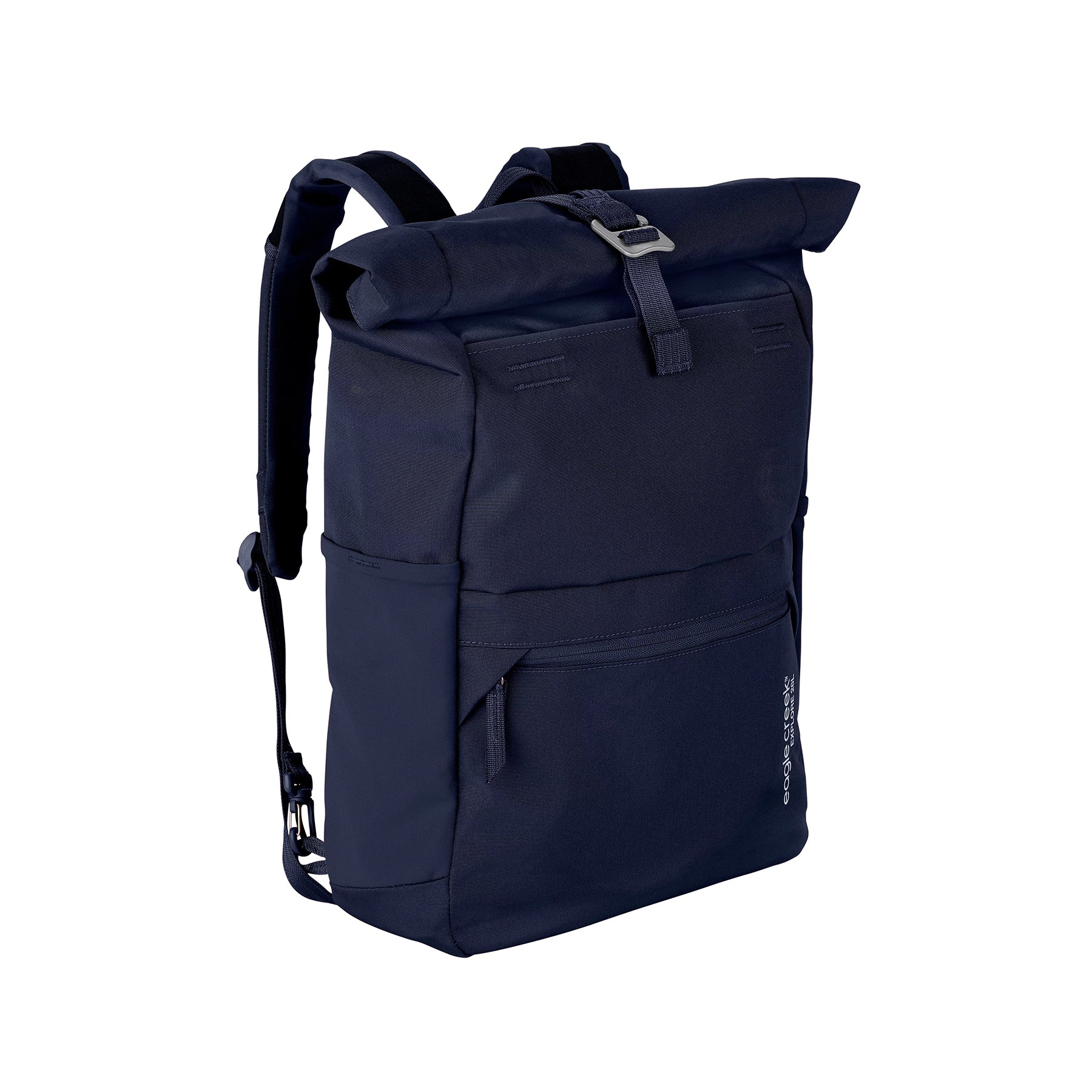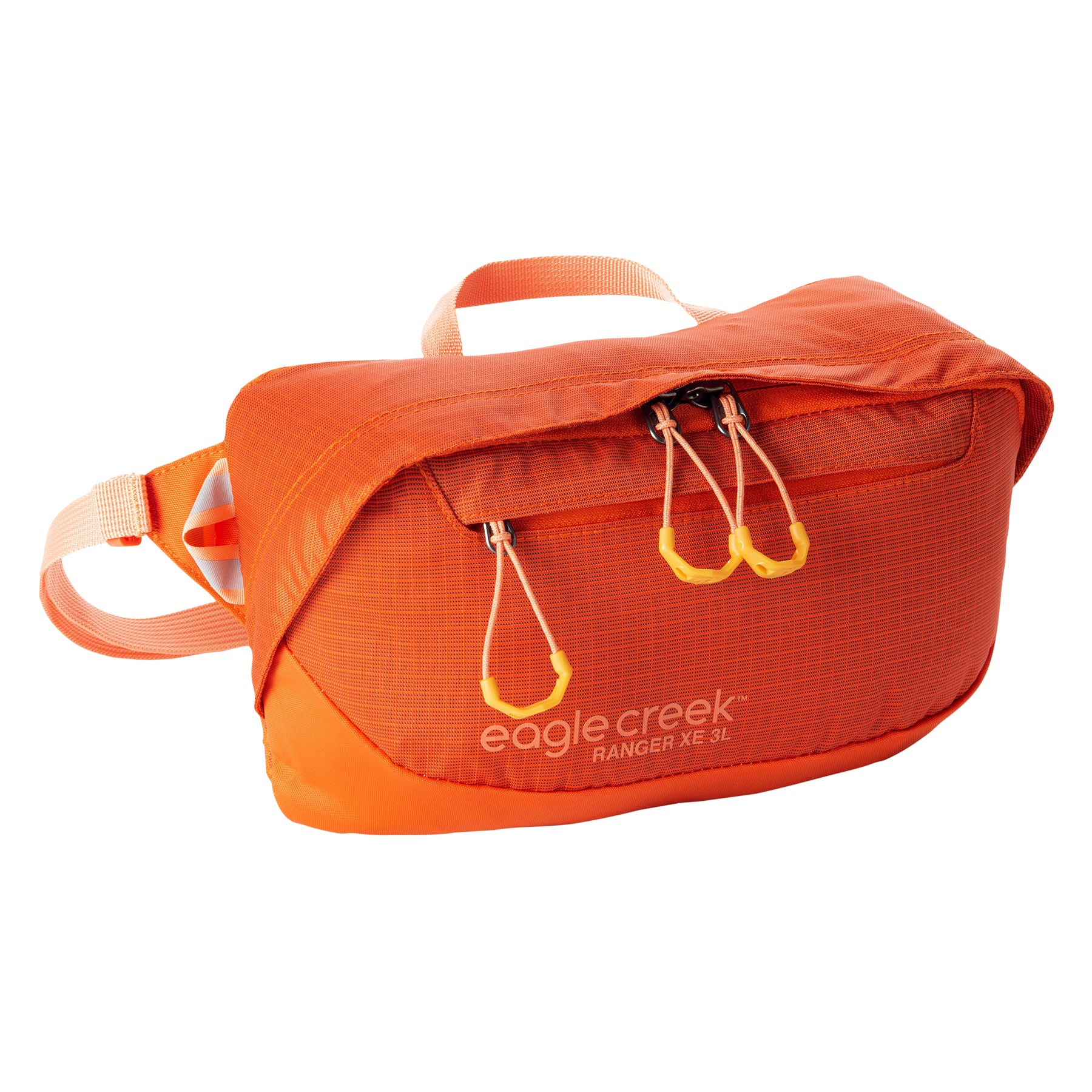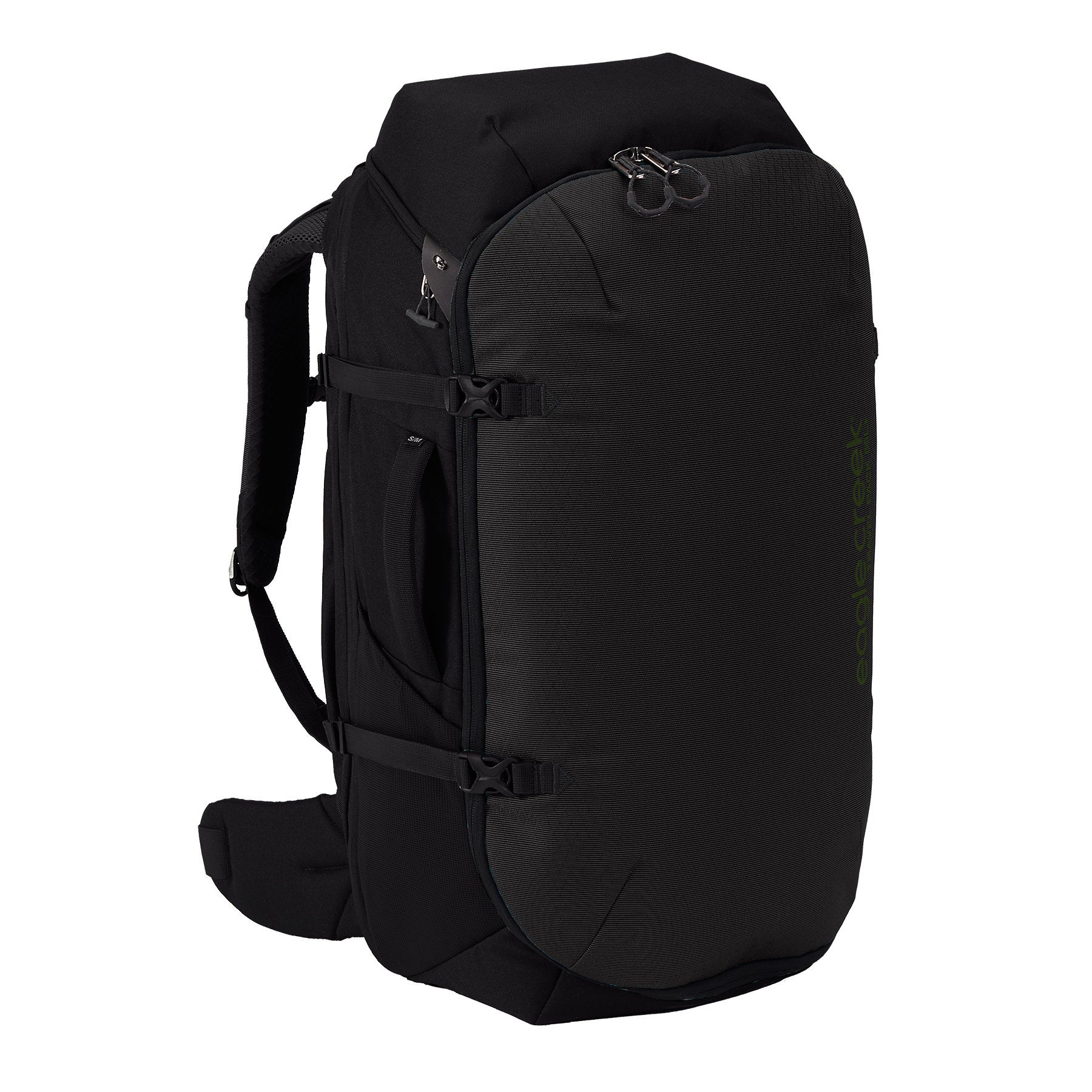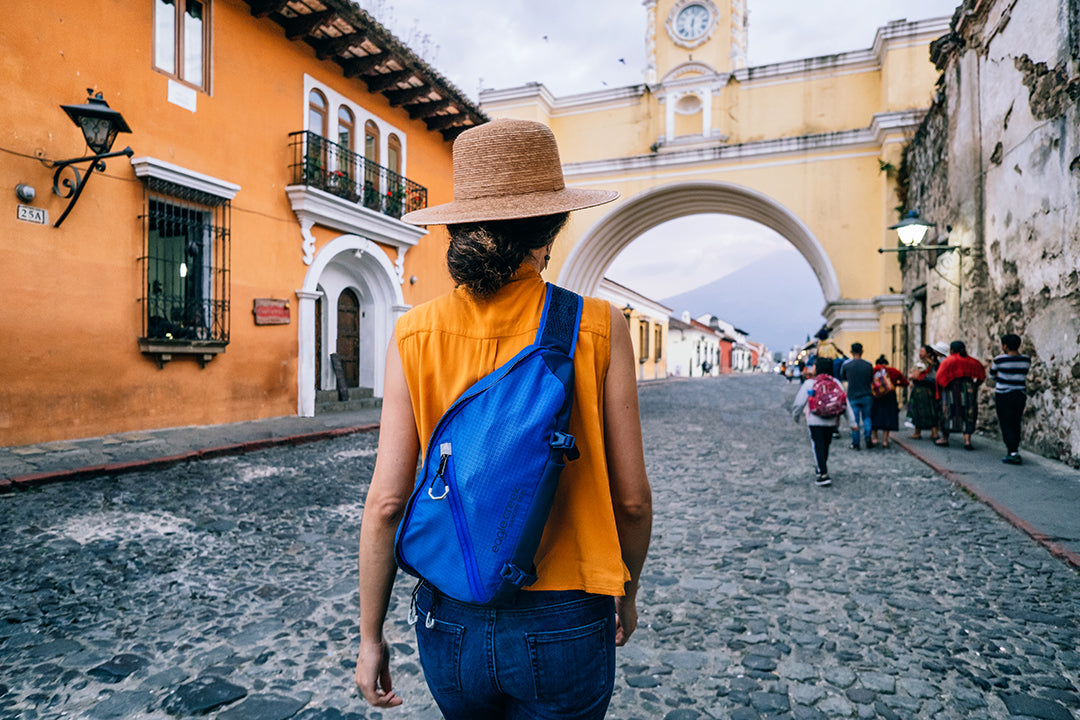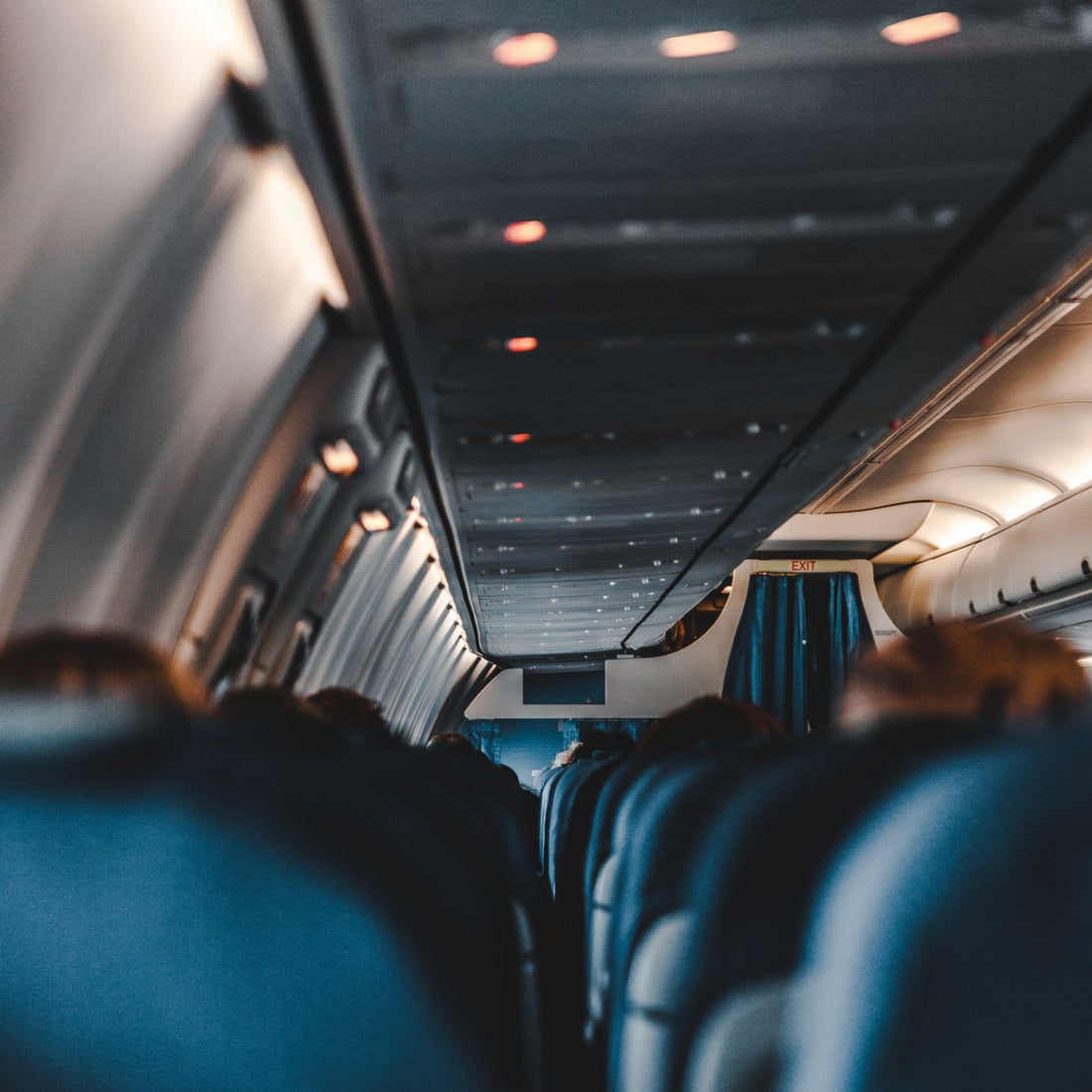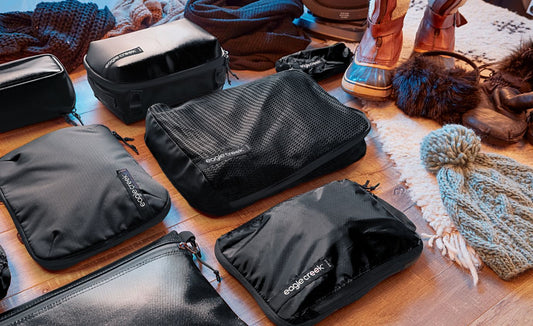
The symptoms of jet lag can ruin even the most well-planned travels. Here are some tips on how to sync up to local time and have the best trip ever.
The mere mention of jet lag sends a shiver down the spine of any long-distance traveler, who will inevitably have memories of sleepless nights and zombie-like days wasted in a dream destination. The good news is that jet lag, technically a sleep disorder characterized by extreme exhaustion and other physical effects after long flights across many time zones, can be prevented! Read on for six tips that will help you adjust to local time with ease.
1. Adapt to Local Time
From the moment you board your plane, set your watch to the time zone you’re landing in, and live accordingly. This means no naps before bedtime in your destination! If possible, start a few days early by shifting your sleep up or back an hour each night.
2. Drink Water - Not Booze or Caffeinated Sugary Drinks
Those inexpensive glasses of wine on your flight may be tempting, but they won’t help you sync up to local time once you reach your destination. The effects of alcohol are multiplied at altitude, so even a couple small alcoholic beverages can leave you tired and hungover upon landing. Sugary sodas may also keep you wired at a time that you should be getting some rest. Instead, stick to drinking lots of water, which combats the dehydration brought on by recycled air in plane cabins.
3. Eat Lightly
Your digestive system is tied closely to your internal clock. Food is harder to digest at high altitudes, and you need all of your body’s energy to adjust to your new surroundings rather than process your last big meal. Eat lightly before and during your flight and avoid foods high in salt and fat. To ensure you’re getting a healthy meal rather than the heavy kind typically served in flight, stash your own entrée and snacks in your carry-on bag.
4. Pack an Eye Mask and Ear Plugs
Once you arrive at your destination, you may find it hard to sleep when night falls even if you have followed all the previous tips. Light is one of the body’s main indicators for sleep, so pack an eye mask and ask your hotel for a dark room. Noise can also keep you tossing and turning, so throw a set of earplugs in your carry on as well. They will help you sleep easier on the plane too.
5. Try a Natural Sleep Aid
Sometimes an eye mask and earplugs just aren’t enough. To avoid spending a night tortured by your own sleeplessness, you may want to pack a bottle of melatonin. Melatonin is a naturally occurring hormone that induces and improves the quality of sleep. Take it two hours before bedtime in your destination to fool your body into adapting to local time. Test it before you go.
6. Keep Your Blood Circulating
Sitting in the same position for hours on end can be recipe for a stiff back and swollen ankles—and in extreme cases, it can even increase your risk for blood clots. While you can’t exactly start doing yoga in the galley to loosen up (flight attendants report that people really do try this!) you should get up every two hours or so, take a short walk up and down the aisle or do some seated stretches to get the blood flowing. Here are some moves recommended by airplane manufacturer Boeing.
Related Links:
Travel Anywhere With These Expert Packing Tips
